It used to be as powerful as Hilux, but now it has to avoid competing with Hilux.
 Kevin WongNov 18, 2025, 11:53 AM
Kevin WongNov 18, 2025, 11:53 AM

[PCauto] The fourth-generation Nissan Navara is scheduled for launch in the Australian market on November 19. Notably, the model will make its debut in Australia rather than at the upcoming Thai Motor Expo in Southeast Asia on November 28.
This strategy reflects Nissan's aim to avoid direct early-stage competition with rivals like the Toyota Hilux and Mitsubishi Triton, particularly given the significant similarities between the Navara and the Triton.
It is understood that 83% of the core components of the Navara are shared with the Mitsubishi Triton, retaining only Nissan's logo and front-end design, effectively constituting a rebadged model.
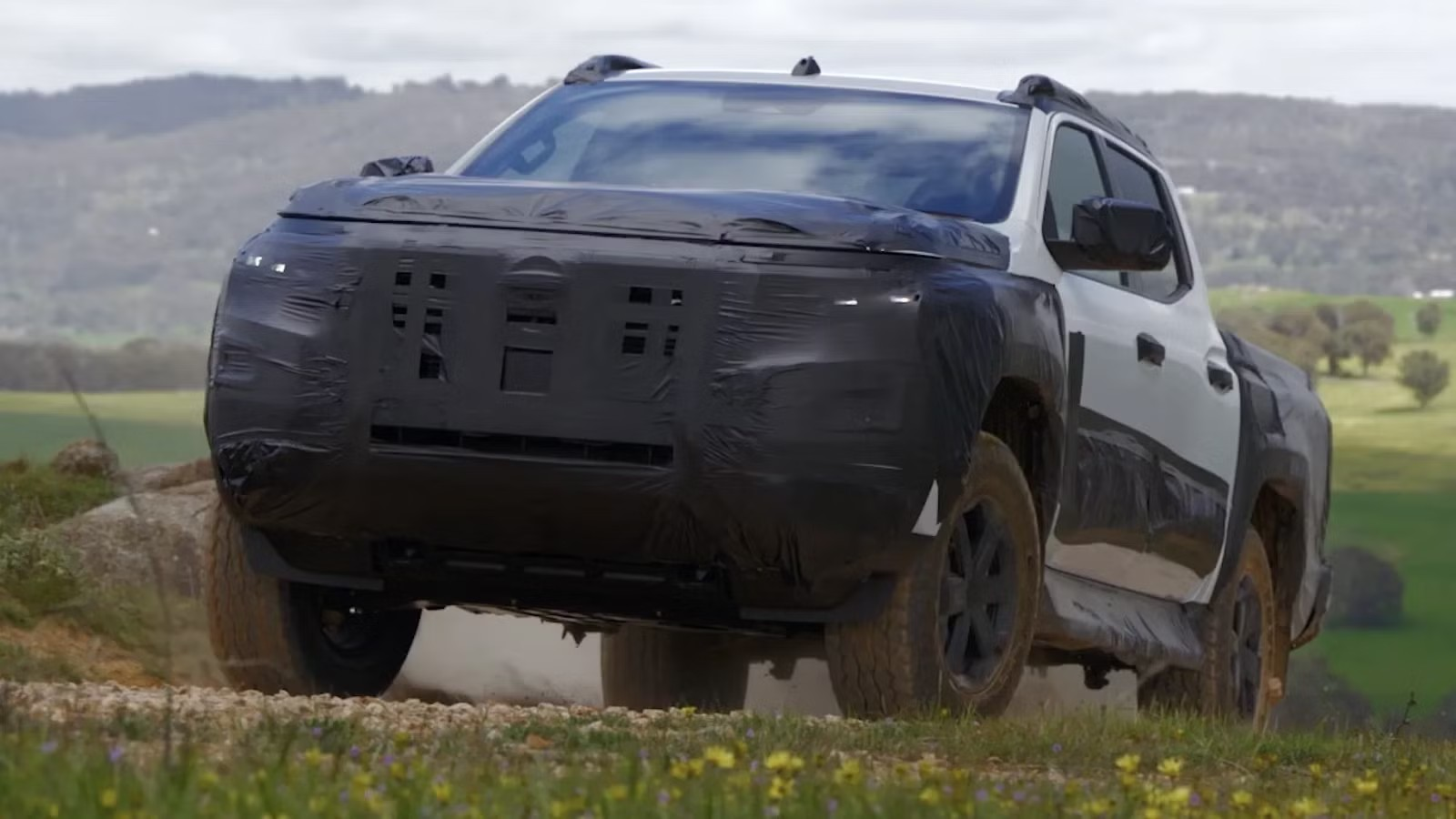
Notable Milestones in Navara’s History
The groundbreaking first generation (1986-1997)
The first-generation Navara, launched in 1986, broke market conventions with "innovation + durability": it was the first to adopt double-wishbone front suspension to improve comfort, introduced the first turbocharged diesel engine (SD23T) in 1988, and pioneered the 'King Cab' extended cab body style.
The Navara’s market performance was equally impressive, with global sales exceeding 1 million within five years of launch, making it the fastest pickup truck to achieve this milestone.

Dominating the commercial market: The Second Generation (1997-2014)
The second-generation Navara D22 model established a strong presence in the Southeast Asian market. From 2003 to 2007, Navara's market share in Thailand remained steady at 18.4%-20.1%. Although slightly inferior to the Hilux (20.5%-23.7%), it became the first choice for commercial customers due to its "8-12% lower price than Hilux."
Moreover, after being sold in the market for several decades, Navara's durability earned widespread recognition. Globally, over 40% of mining areas, including the Pilbara iron mines in Australia and copper mines in Chile, use Navara. Consequently, Nissan also developed a dedicated "Mine Spec" version, strengthening the chassis and suspension system.
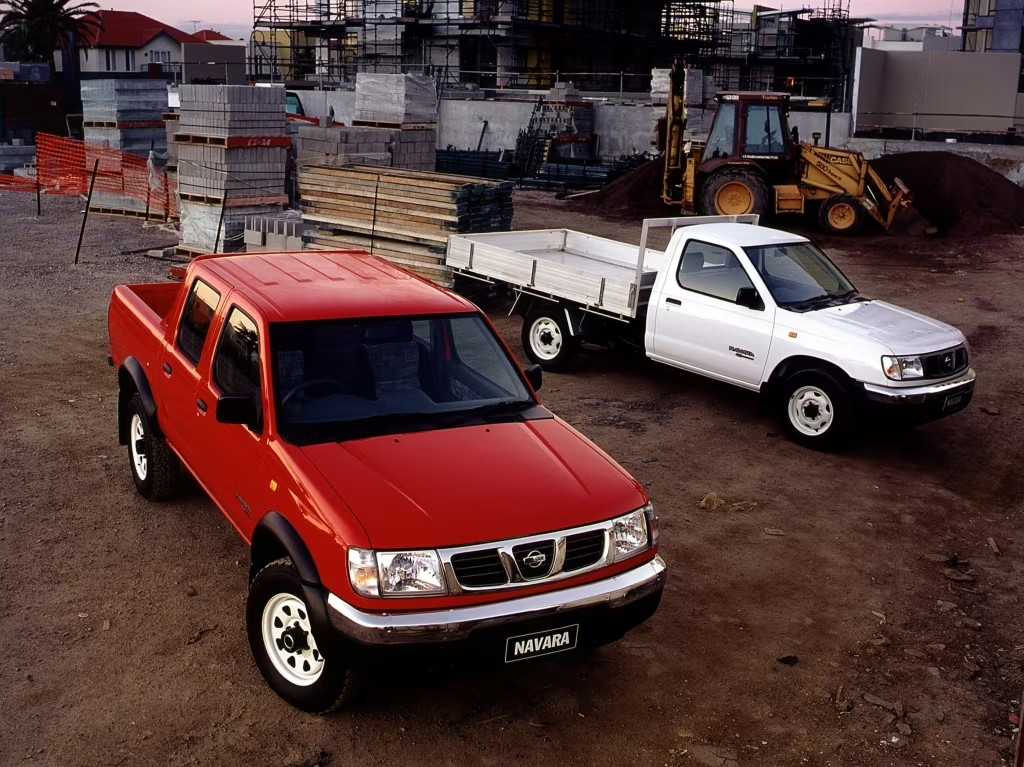
Hidden risks in the Third Generation
The third-generation D23, launched in 2014, initially continued the glory: global sales in 2015 reached 280,000 units, a new record for the brand, introducing a 7-speed automatic transmission and multi-link rear suspension.
However, behind these achievements lies a hidden crisis. Internal documents reveal that the manufacturing cost of the D23 was required to be reduced by 15%, and the real-world testing mileage was cut from 3 million kilometers to 1.8 million kilometers, setting the stage for future failures.
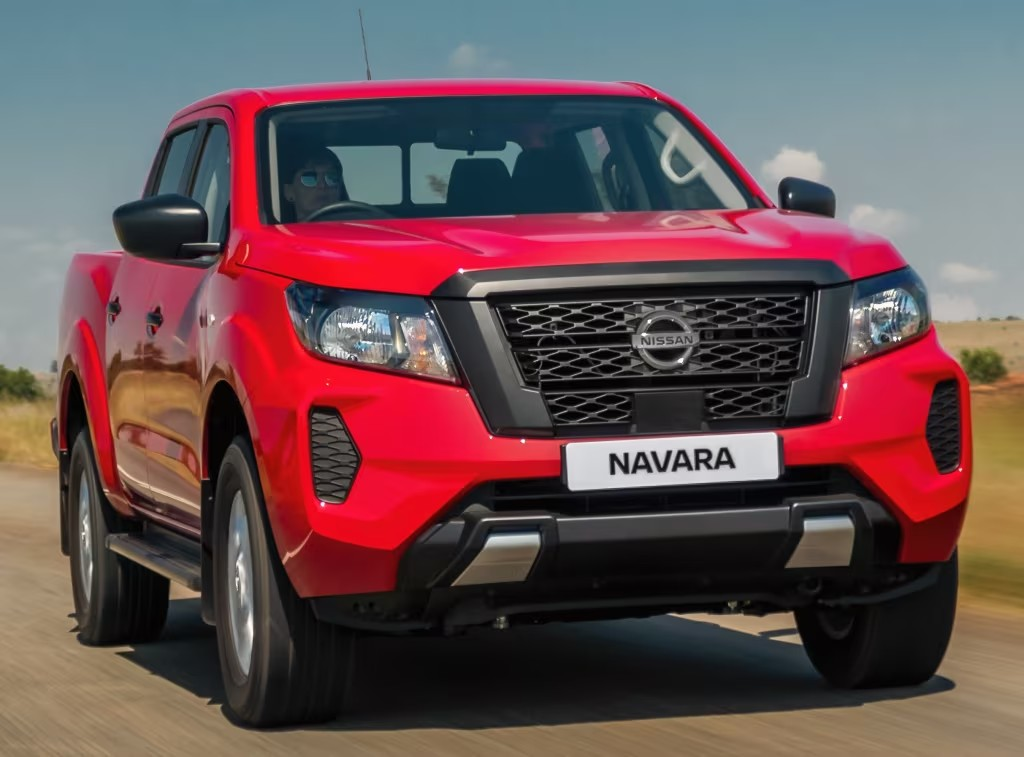
The Collapse of Navara's Market Position
Suspension Issues and Engine Emission Fraud
Navara faced collective lawsuits in 12 countries in 2016 due to the risk of rear multi-link suspension system failure. In an effort to cut costs, Nissan replaced the key suspension components made of high-strength alloy from Sweden's Hagglunds with cheaper products from India's Tata, resulting in a 27% reduction in part strength and a fatigue life reduced to only one-third of the original design. Nissan ultimately paid approximately $230 million in compensation, and Australia enforced a mandatory recall of 12,700 Navara units. The ANCAP safety rating dropped from five stars to three stars.
In addition to the suspension quality issue, in 2018, the YD25 diesel engine equipped in the Navara was exposed for using a "dual-mode ECU," which employed different emission strategies during testing and actual driving. Environmental agencies in South Korea and Australia fined a combined $180 million, and several mining companies terminated procurement contracts. The image of the Navara as a "reliable work truck" was completely ruined.

A Sharp Decline in Market Share
The quality crisis led directly to a sharp drop in sales. Global sales of the Navara plunged from 193,000 units in 2016 to 58,000 units in 2019, with a slight recovery to 113,000 units in 2022 (in the same period, Hilux sales grew to 576,000 units). The performance in key markets was especially disappointing:
Australian market: 18,728 units (2015) → 9,432 units (2022) (a 49.6% decline)
Southeast Asian market: 54,200 units → 23,100 units (a 57.4% decline)
Middle Eastern market: 47,500 units → 23,100 units (a 30.9% decline)
In 2024, Navara's global sales are only 52,000 units, less than one-fifth of its peak, with Australia's average monthly sales falling below 300 units and Thailand's market share dropping below 5%.
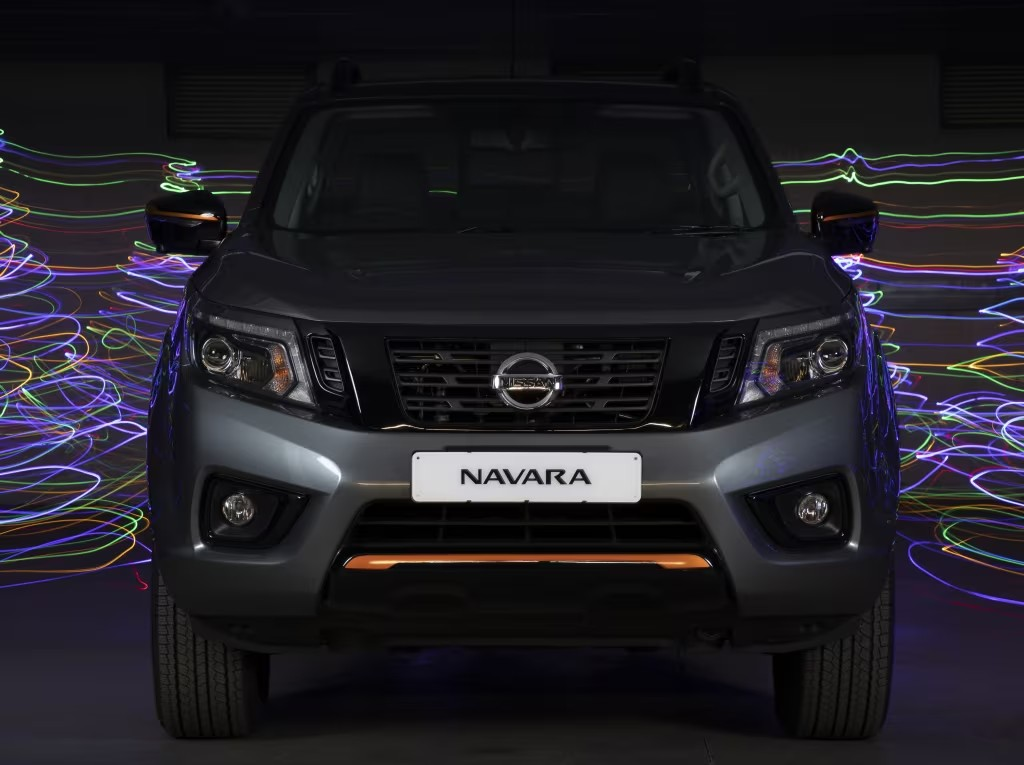
The Root Cause: The Cost-Cutting Imperative
The "Power 88" Plan and Its Impact
In 2012, then-CEO Carlos Ghosn launched the "Power 88" plan, requiring all models to reduce production costs by 15-20%.
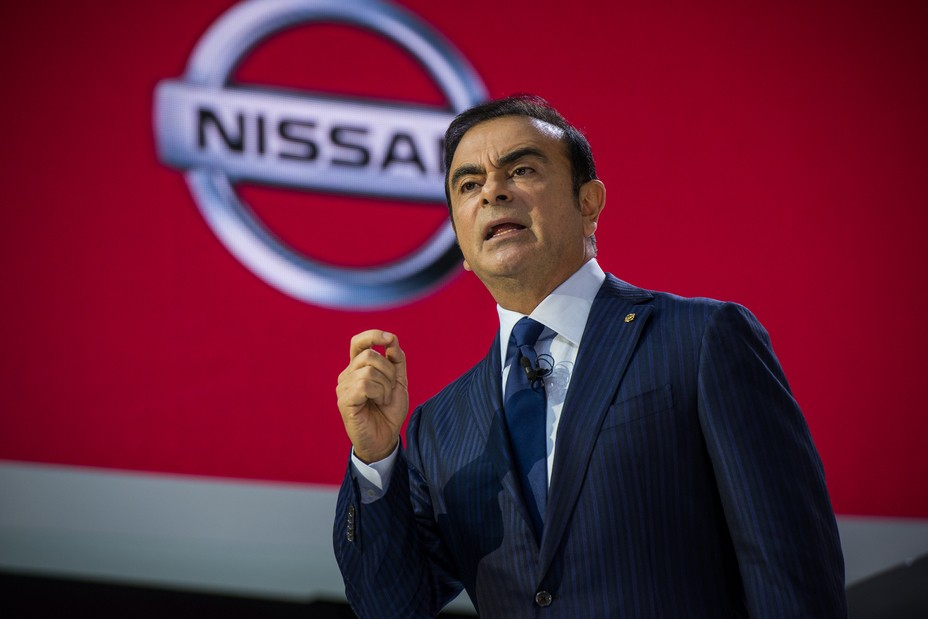
The Navara D23 project team faced dual pressures: reducing material costs from $8,200 per vehicle to $6,900 and compressing the R&D cycle from 48 months to 36 months.Compounding these pressures, Nissan's performance appraisal system became skewed. In 2015, the weight of "quarterly profit" in the assessment rose to 45%, while "product quality" accounted for only 15%. Additionally, 60% of the annual bonus was linked to cost targets, forcing Nissan engineers to compromise on the quality of key components.

Furthermore, a corporate culture that emphasized "reporting good news while concealing bad news" led to quality concerns were often suppressed. Between 2014 and 2016, none of the internal reports regarding suspension risks were addressed.
To meet the 2014 Thailand Motor Show deadline, the D23 even skipped critical validation processes. The Renault-Nissan-Mitsubishi Alliance's internal power struggle further drained resources. In 2015, the alliance cut the pickup truck platform development budget by 40%, reallocating resources to the electric vehicle project.
The development of Hilux prioritizes reliability
While Navara was grappling with its crisis, Toyota's "conservative strategy" proved to be its defensive moat: the Hilux adhered to the durable leaf spring rear suspension, sacrificing some comfort to ensure reliability.
Similarly, when the Hilux encountered gearbox issues in 2016, Toyota immediately suspended sales, extended warranties, and provided free upgrades, regaining market confidence within six months.
In comparison, among vehicles of the same generation, Navara's average repair frequency was 1.8 times per year, while Hilux's was only 0.6 times. The five-year residual value rate of Navara was 45%, compared to Hilux's 65%.

The 2026 Navara Will Focus on the Australian and New Zealand Markets
This pickup truck, once selling over a million units in five years and standing alongside the Hilux, has gradually lost its significant market presence amidst cost compression.
The 2026 Navara will focus on Australia and New Zealand and is planned to be launched in Australia in the first half of 2026.
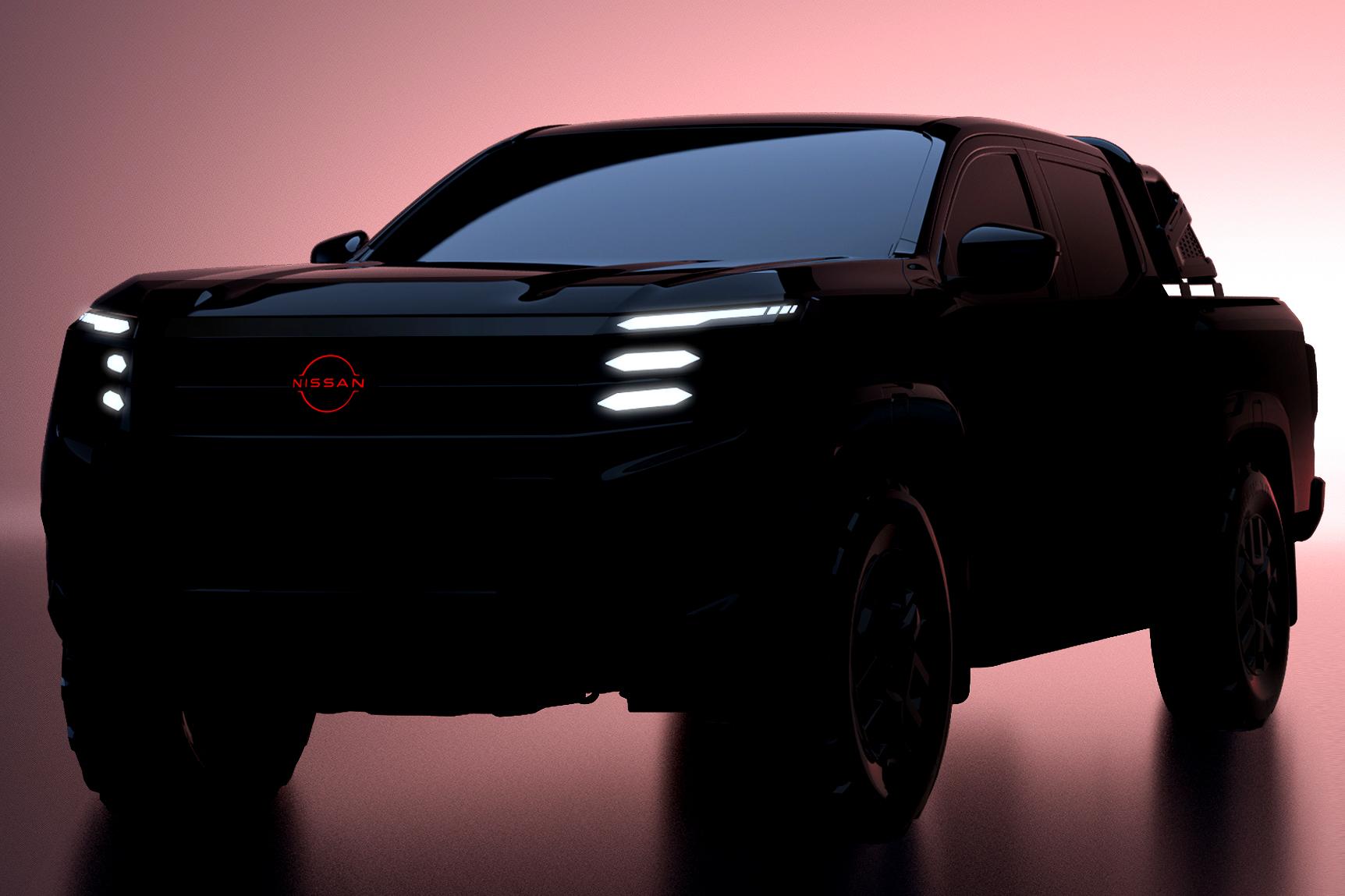
Navara Features the Same Powertrain as the Triton
The new Navara will share its platform and technology with the Mitsubishi Triton/L200, and both vehicles will be produced on the same production line in Thailand.
Officials have repeatedly emphasized that the two are "sister models." The Navara is expected to be equipped with the Triton's 2.4T four-cylinder turbocharged diesel engine (4N16), with power output configurations of approximately 150/184/204 horsepower and a peak torque of up to 470 N·m. It will be paired with a 6MT/6AT transmission and offer both rear-wheel drive and four-wheel drive systems.
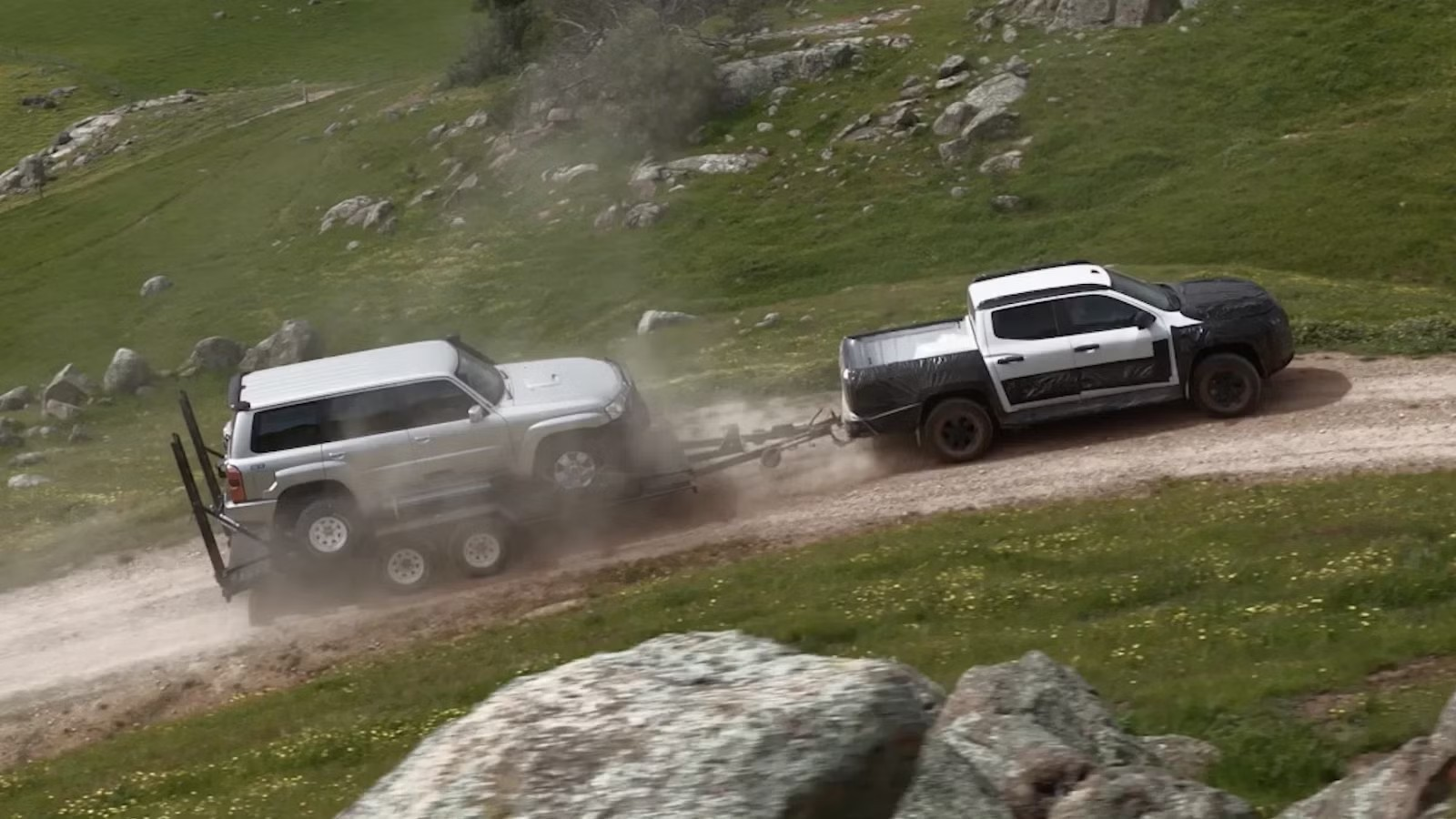
In addition to a standard hybrid variant, Nissan has confirmed plans for a plug-in hybrid (PHEV) version to meet stricter emissions standards and enhance daily commuting efficiency. The PHEV is expected to be released after 2026.
The new model is also anticipated to feature a dual-range transfer case and more sophisticated multi-terrain driving modes. Whether to introduce Mitsubishi's iconic Super Select 4WD is still under discussion.
If any infringement occurs, please contact us for deletion
Trending News

BYD Sealion 7 is not only cheaper than Tesla Model Y, what other differences do they have?
Is it better to buy the BYD Sealion 7 or the Tesla Model Y? This really makes one a bit hesitant, but before you make a decision, I recommend you take a good look at this article.

Toyota Land Cruiser FJ did not disappoint, the most anticipated civilian off-road vehicle is back.
Since its birth in 1951 under the name Toyota BJ, the Land Cruiser series has accumulated sales of approximately 12.15 million units in over 190 countries and regions worldwide, becoming a global off-road icon spanning more than 70 years.

Toyota Corolla Cross mid-term facelift in China, featuring a new front face and interior design
Toyota released the mid-cycle facelift of the Toyota Corolla Cross in China. In China, this vehicle produced by GAC Toyota is called Frontlander, and it is the same model as the Toyota Corolla Cross produced by FAW Toyota.

2026 Toyota Hilux Travo released, the brand-new exterior and interior are highly anticipated
If you're considering buying a Hilux, honestly, the comprehensive innovations in the ninth generation are worth waiting for. While the current model might still have some advantages in terms of reliability and price, the new model offers significant changes in terms of exterior and interior luxury, tech features, and powertrain options.

There is news that the next-generation Toyota Hilux will be released in November, bringing a major redesign.
Nowadays, the HiLux, which has been sold for nearly ten years, is about to undergo a major upgrade. According to reports, the 2026 HiLux will make its global debut at the Thailand International Motor Expo from November 28 to December 10, 2025, with the first customer deliveries expected to be completed by mid-year.
Popular Cars
Car Compare
Model Year
car model

